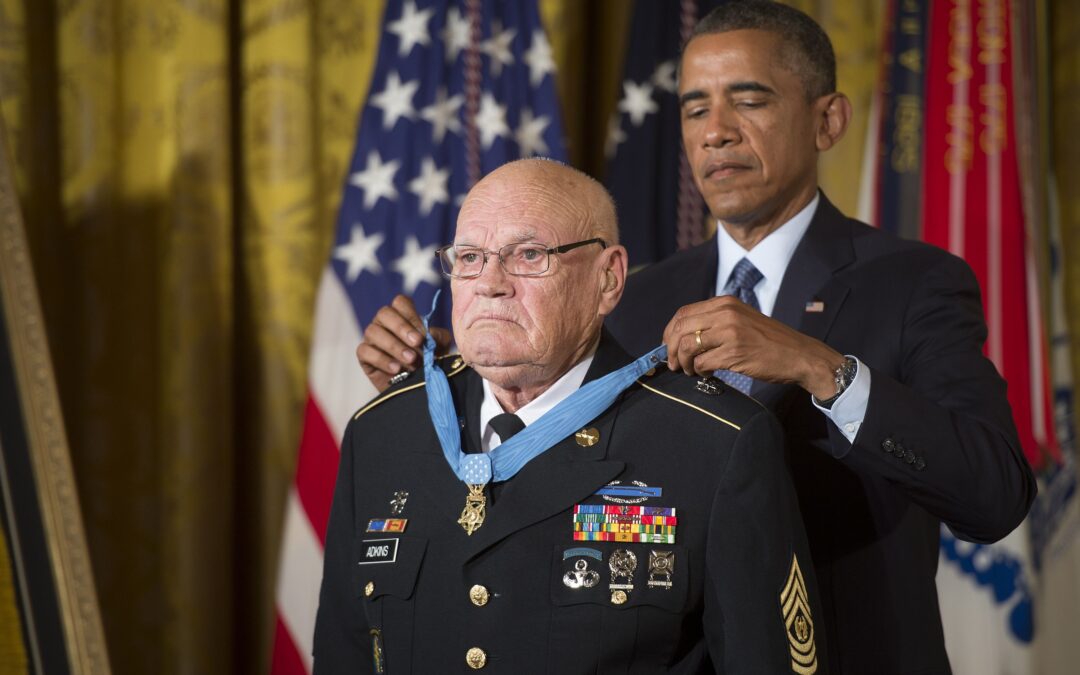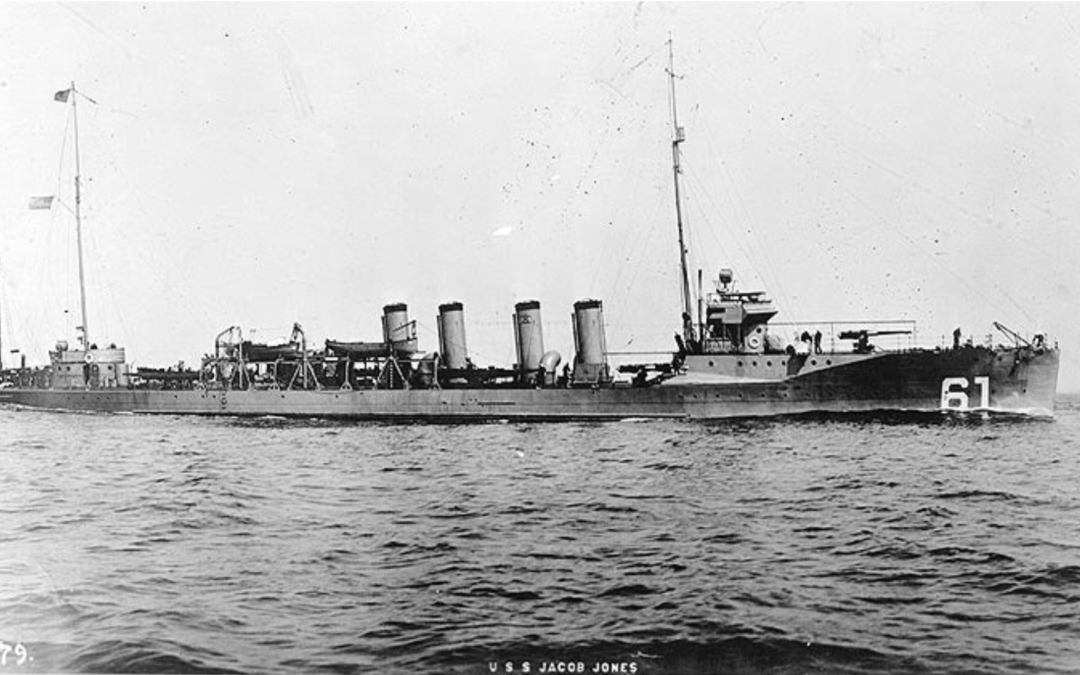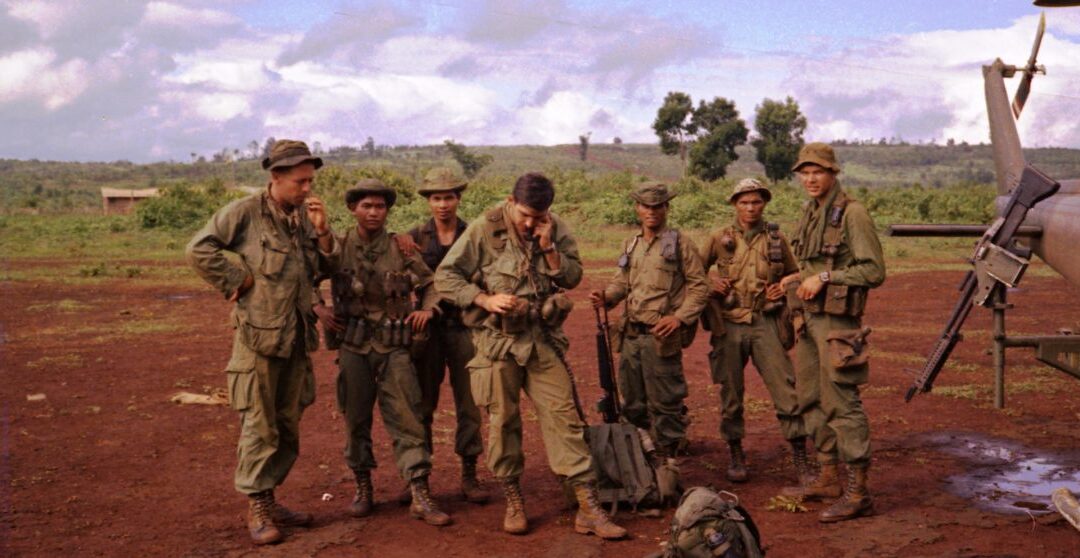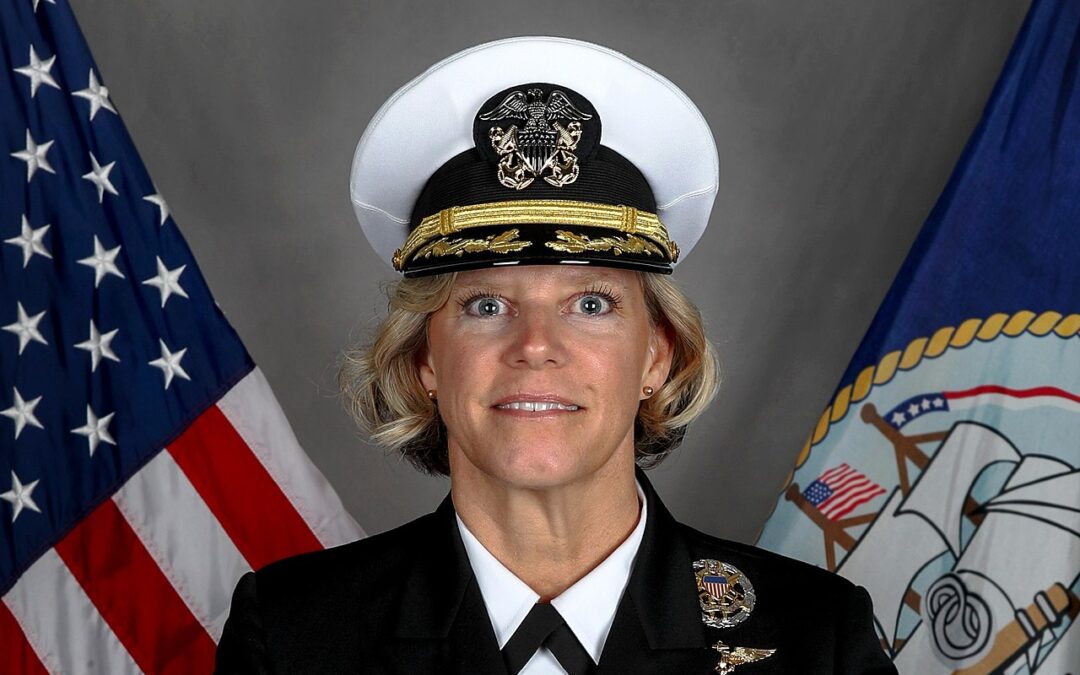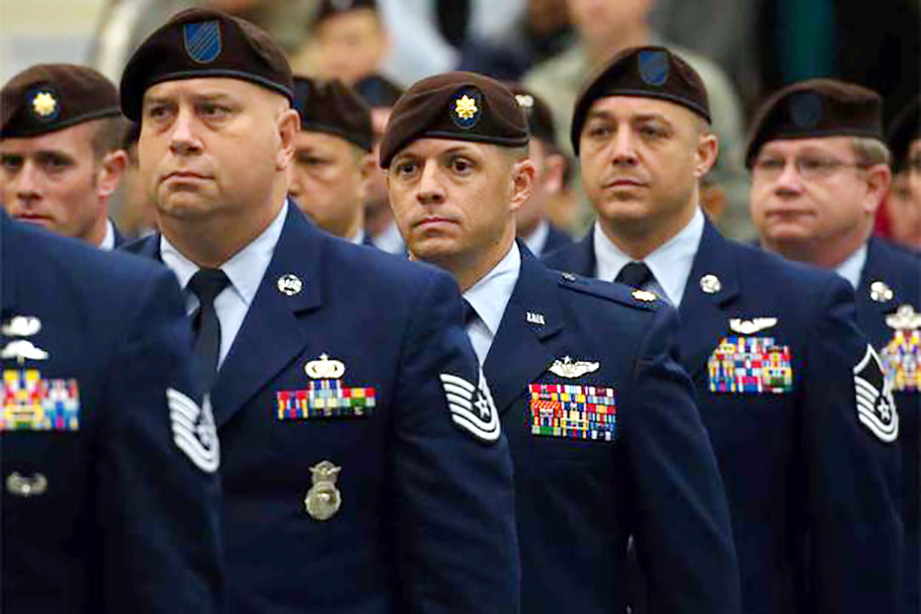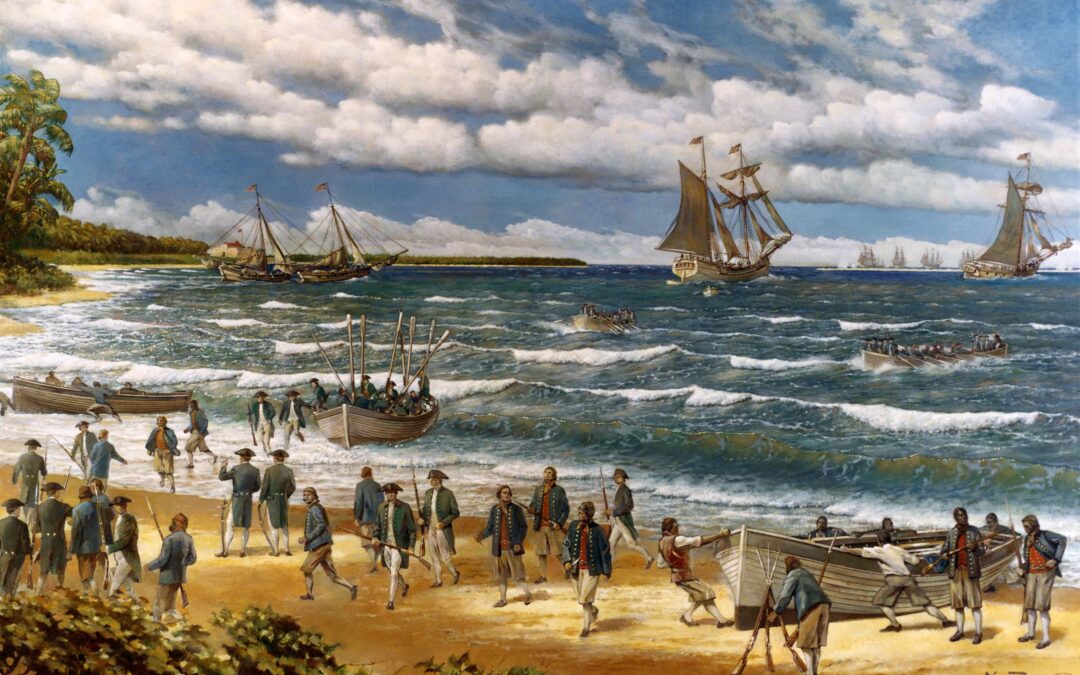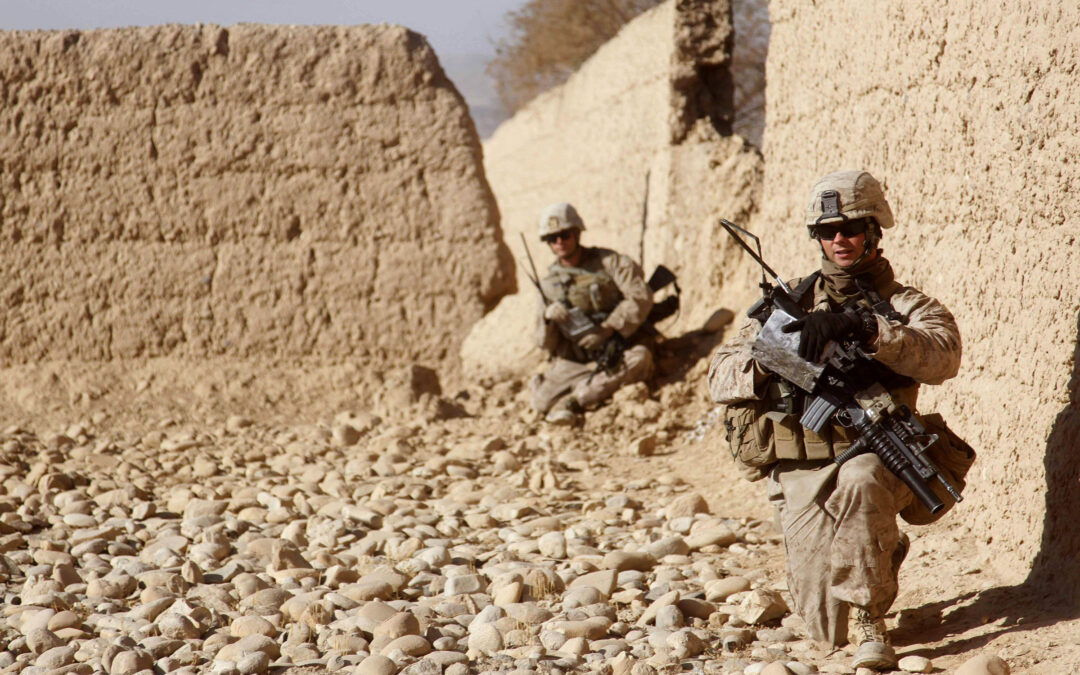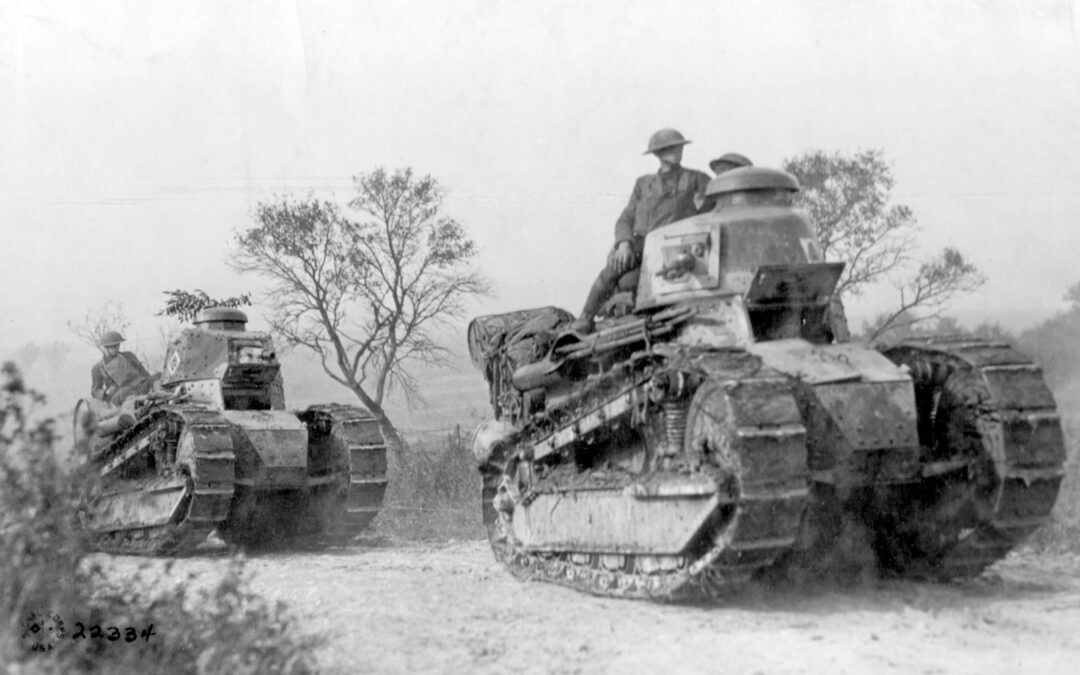Presented with the Medal of Honor by President Barack Obama in 2014, Bennie Adkins distinguished himself as a war hero during three tours of duty between 1963 and 1971, later creating a charitable foundation to help returning veterans to attend further education and settle into civilian life. President Obama said at the time, 'to be honest, in a battle and daring escape that lasted four days, Bennie performed so many acts of bravery we actually don't have time to talk about all of them.' Unfortunately, the popular Vietnam veteran was unable to escape his final battle. Adkins was admitted to the East Alabama Medical Centre in Opelika, Alabama at the end of March 2020. When his condition deteriorated, he was moved to intensive care and put on a ventilator, but despite the best efforts of his medical team he sadly died on April 17th following complications caused by Covid-19, coronavirus. Bennie Adkins in the Vietnam War The veteran Soldier was reported to have killed and injured 135 to...
